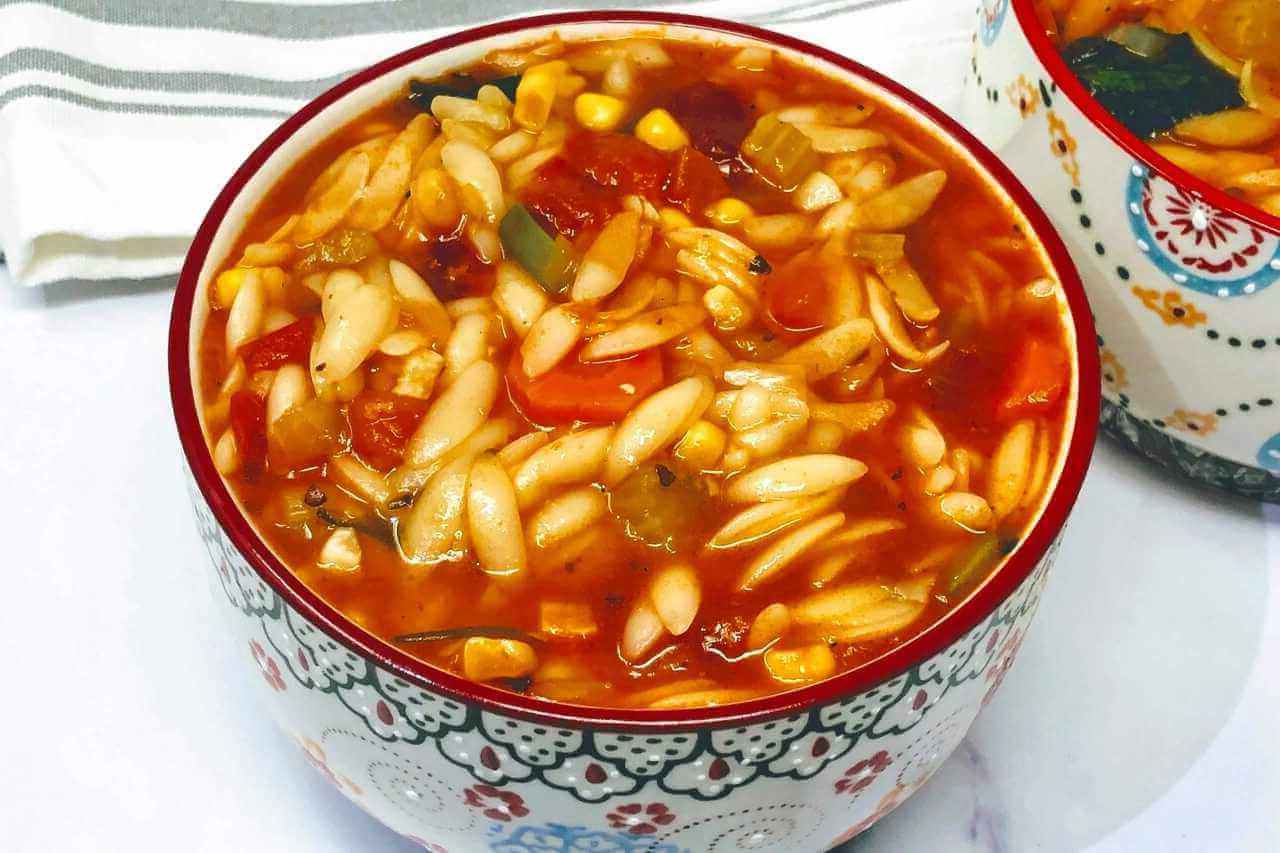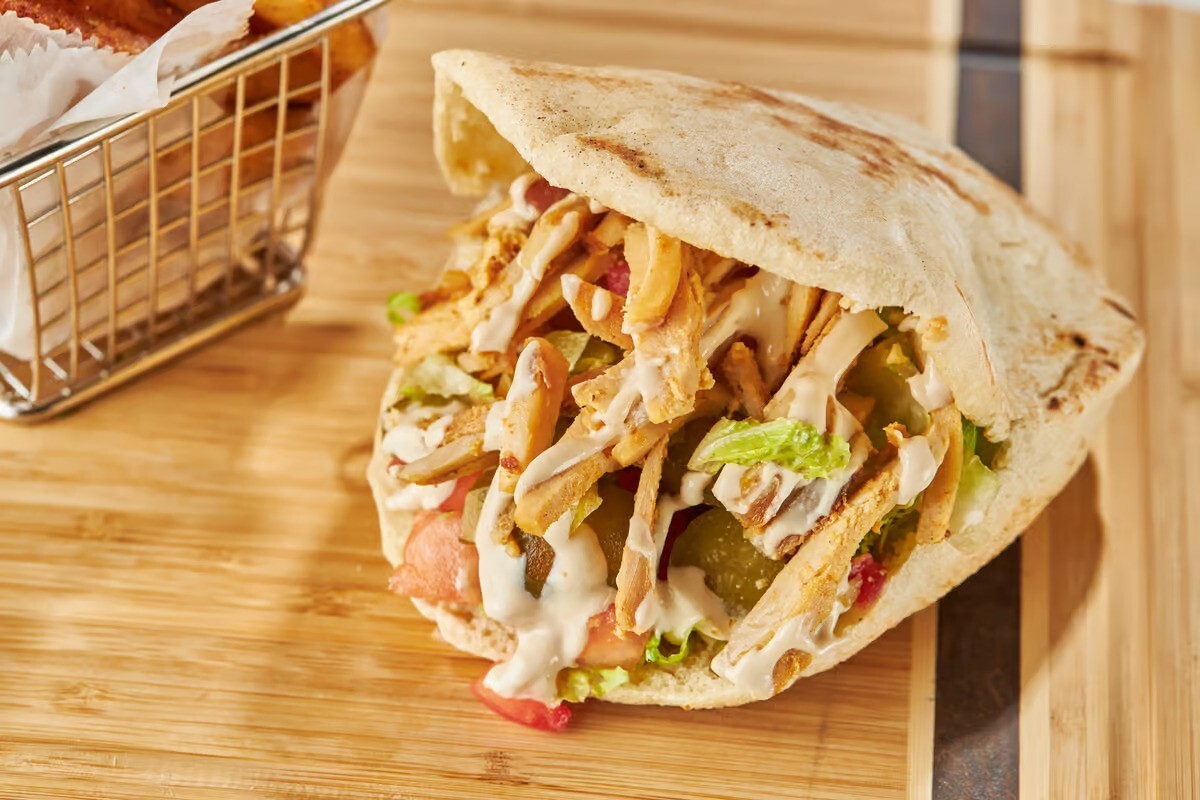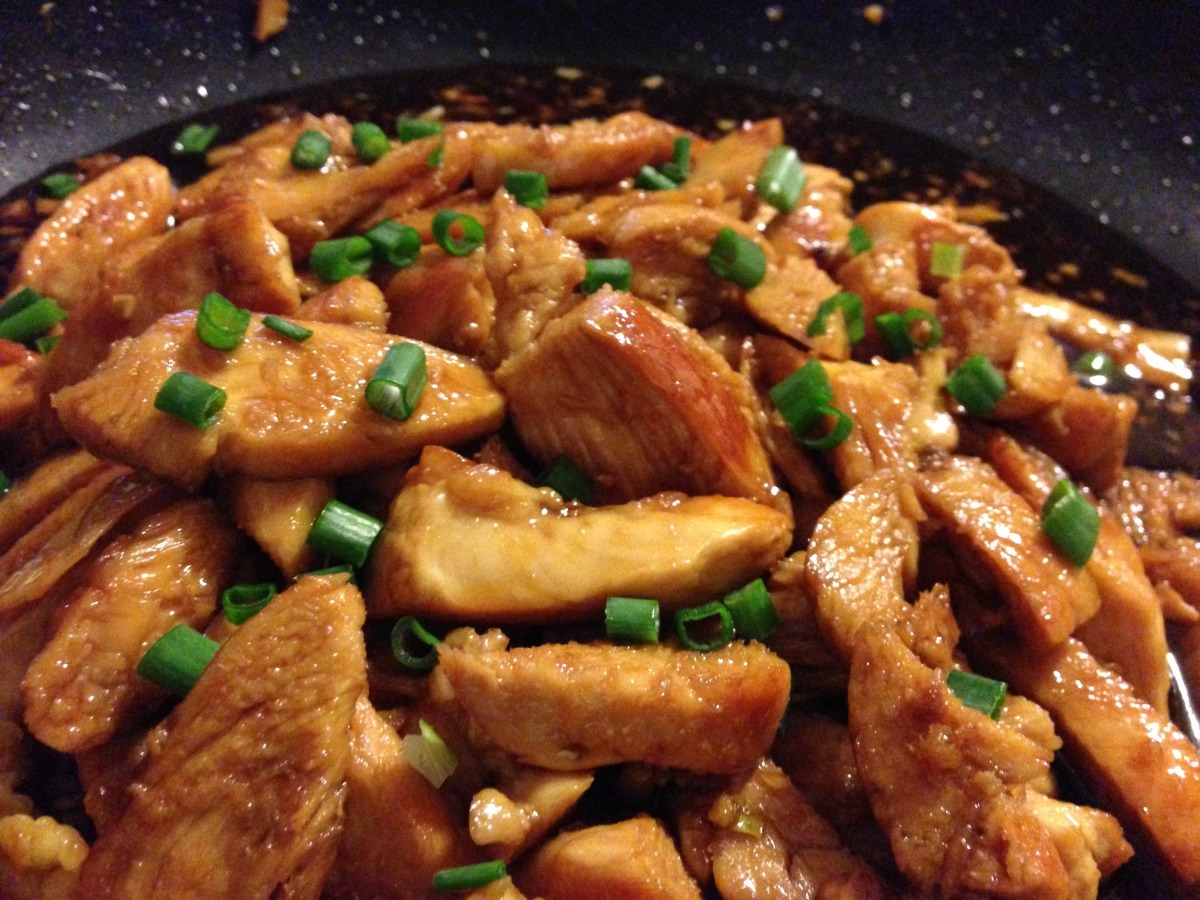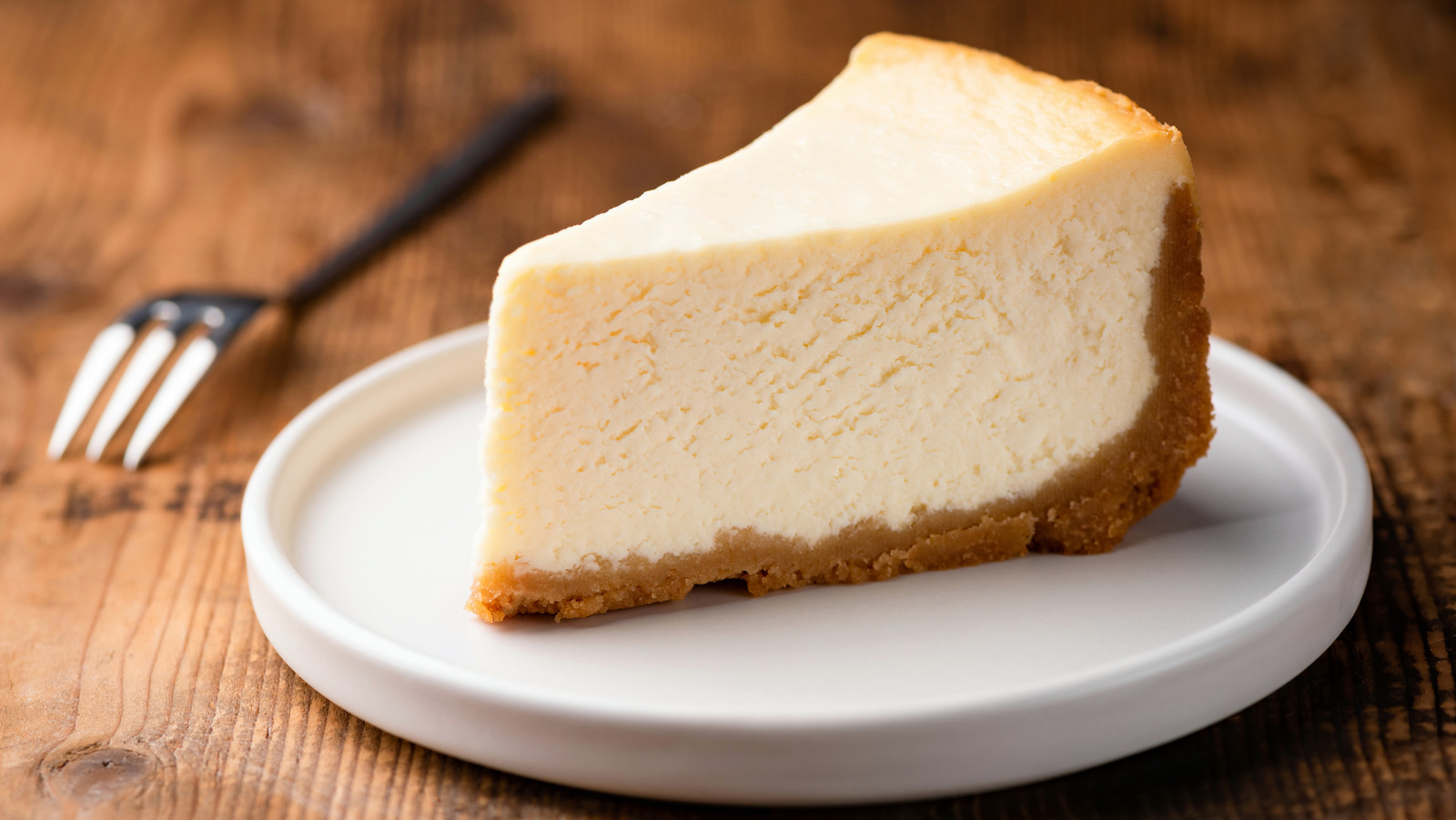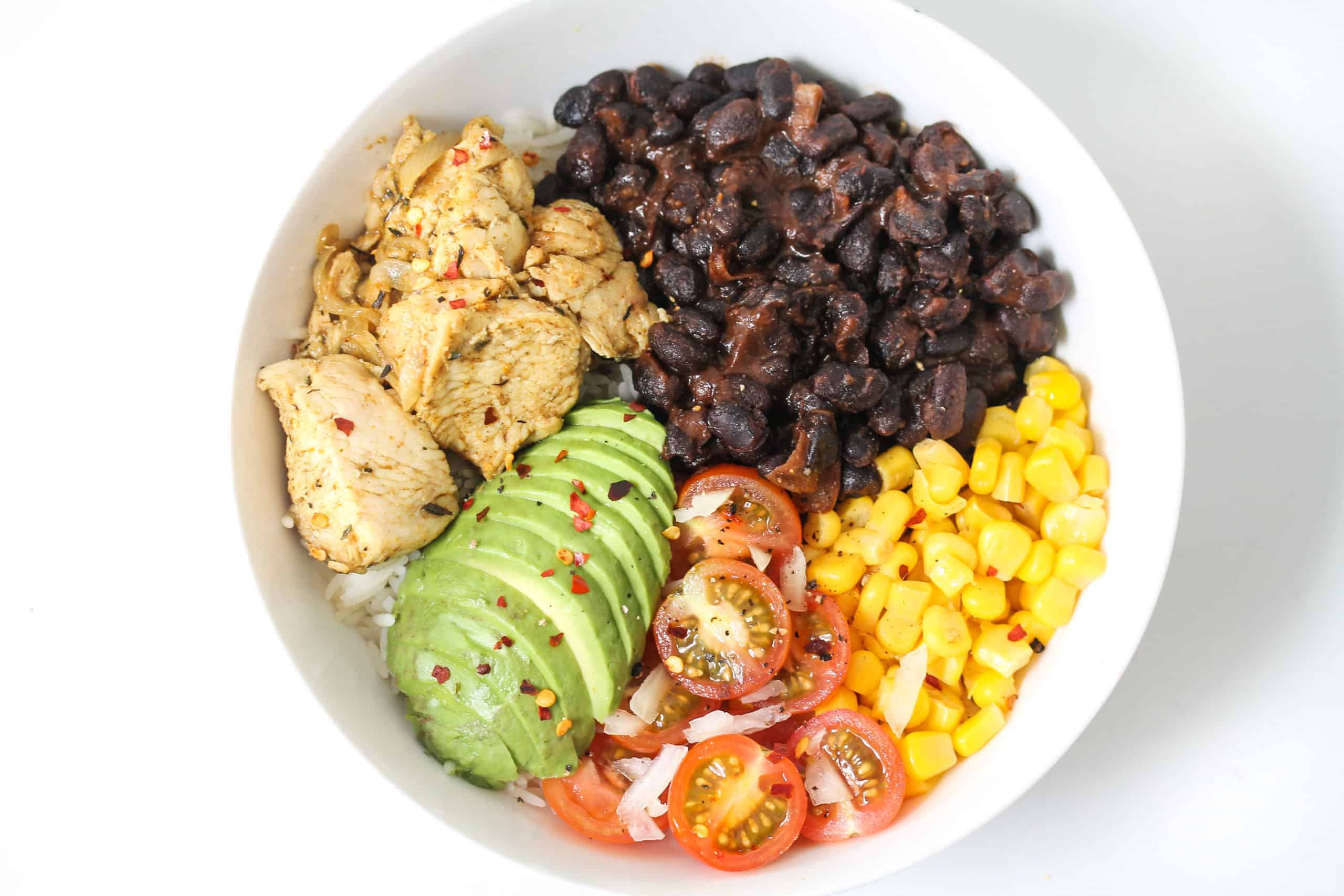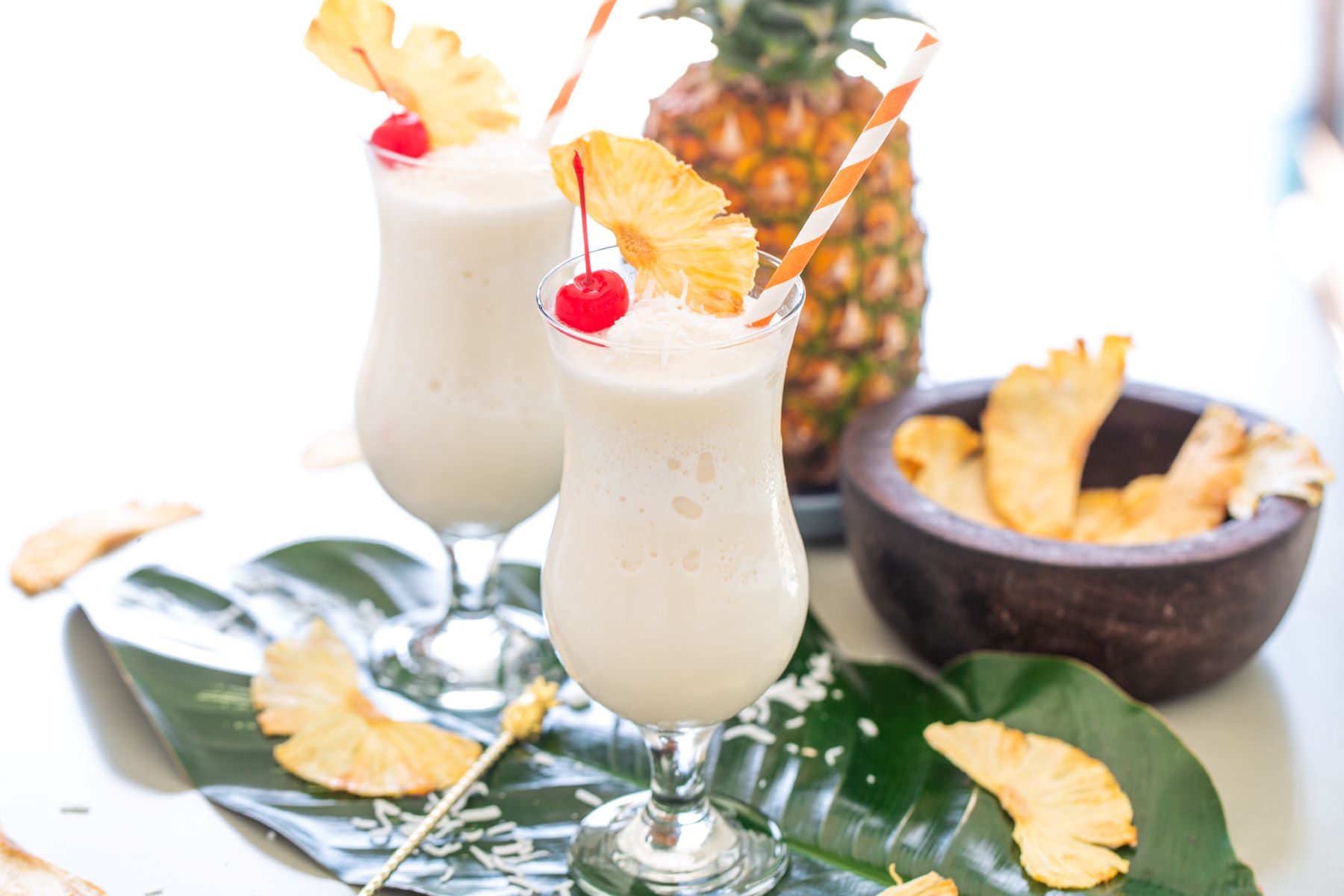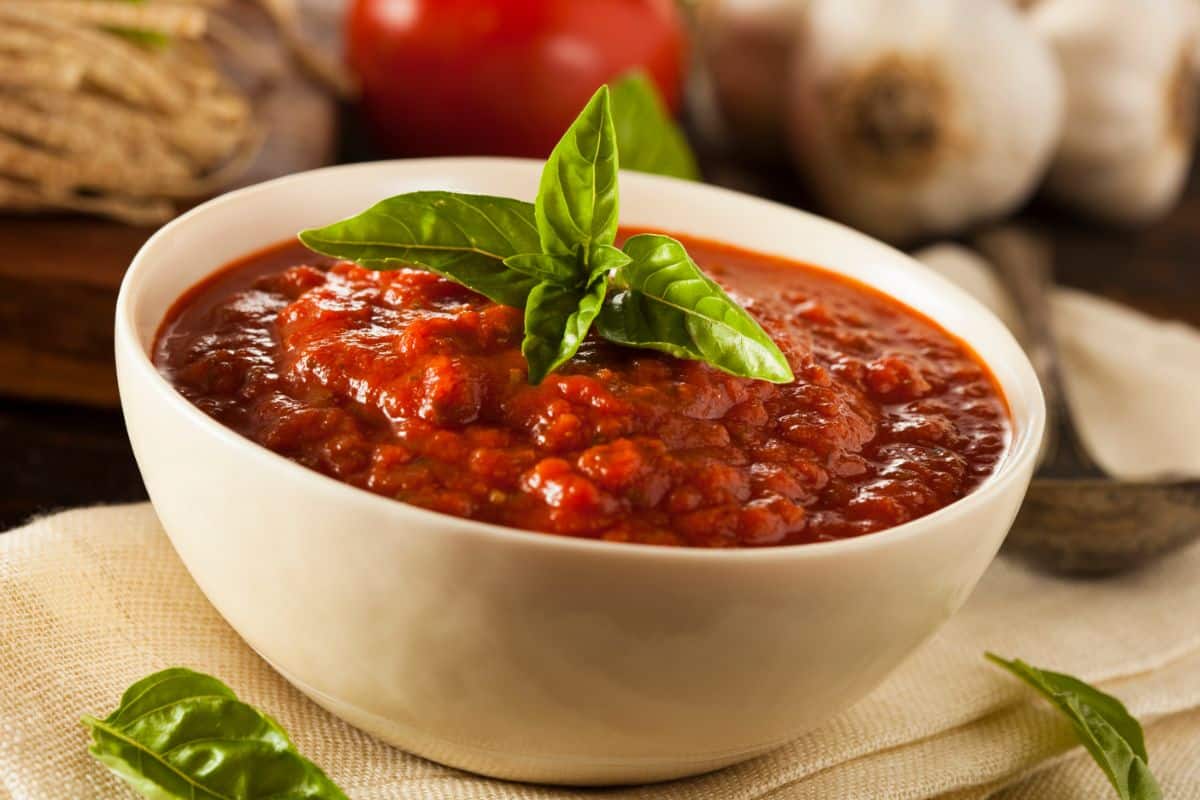Discovering Panama’s National Dish
When it comes to exploring a country’s culture, one of the best ways to do so is through its food. Each country has its own unique national dish that reflects its history, traditions, and flavors. In the case of Panama, a country known for its rich culinary heritage, the national dish holds a special place in the hearts of its people.
So, what is Panama’s national dish? Let’s delve into the vibrant world of Panamanian cuisine to uncover the answer.
The Pride of Panama: Sancocho
Panama’s national dish is none other than Sancocho, a hearty and flavorful stew that is beloved by locals and visitors alike. This traditional dish is a symbol of Panama’s diverse culinary influences, blending indigenous, Spanish, African, and Caribbean flavors into a single, soul-warming bowl.
Sancocho is a dish that varies from region to region and from household to household, but its essence remains the same – a comforting, nourishing stew that brings people together. The base of the stew typically includes a variety of meats such as chicken, beef, or pork, combined with a medley of root vegetables like yams, plantains, and ñame (yam). The addition of herbs, spices, and a hint of citrus ties everything together, creating a symphony of flavors that dance on the palate.
The Cultural Significance of Sancocho
Sancocho is more than just a dish; it is a representation of Panama’s cultural tapestry. The act of preparing and sharing Sancocho is a cherished tradition that has been passed down through generations, fostering a sense of community and togetherness. Whether it’s a family gathering, a holiday celebration, or a casual weekend meal, Sancocho often takes center stage, bringing people closer as they bond over a steaming pot of this beloved stew.
Furthermore, the ingredients used in Sancocho reflect the country’s agricultural abundance and the deep connection to the land. The use of locally sourced produce and meats not only enhances the flavor of the dish but also highlights the importance of sustainable, farm-to-table practices in Panamanian cuisine.
Experiencing Sancocho: A Culinary Journey
For those eager to experience the true essence of Panama’s national dish, a visit to the country’s local eateries, known as fondas, is a must. These humble establishments serve up authentic, home-cooked meals, including Sancocho, allowing visitors to savor the flavors of Panama in a warm and inviting setting.
Additionally, many restaurants in Panama City and other urban centers offer their own take on Sancocho, often infusing it with modern twists while staying true to its traditional roots. Whether enjoyed in a rustic fonda or a trendy bistro, the experience of tasting Sancocho is a culinary journey that provides insight into Panama’s rich culinary heritage.
Bringing Panama’s National Dish to Your Table
For those who wish to recreate the flavors of Panama in their own kitchen, attempting to make Sancocho is a rewarding endeavor. While the exact recipe may vary, the heart and soul of the dish remain constant – a celebration of wholesome ingredients and the joy of sharing a meal with loved ones.
By sourcing fresh, high-quality ingredients and embracing the spirit of experimentation, home cooks can embark on their own culinary adventure, channeling the essence of Panama’s national dish into their cooking. Whether it’s a family dinner or a gathering of friends, serving Sancocho is a delightful way to introduce others to the vibrant flavors of Panamanian cuisine.
Embracing Panama’s Culinary Heritage
As we unravel the story behind Panama’s national dish, it becomes evident that food serves as a gateway to understanding a country’s heritage and traditions. Through the communal act of savoring Sancocho, one can gain a deeper appreciation for the cultural richness and warmth that define Panama’s culinary identity.
So, the next time you find yourself in Panama or simply wish to embark on a culinary journey from your own kitchen, consider indulging in the flavors of Sancocho. In doing so, you’ll not only savor a delicious meal but also partake in a time-honored tradition that has woven itself into the fabric of Panamanian culture.
Sancocho is more than just a dish; it is a celebration of Panama’s past, present, and future, encapsulated in a single, steaming bowl of culinary delight.
Was this page helpful?
Read Next: What Is Lobster-Topped Stuffed Flounder
